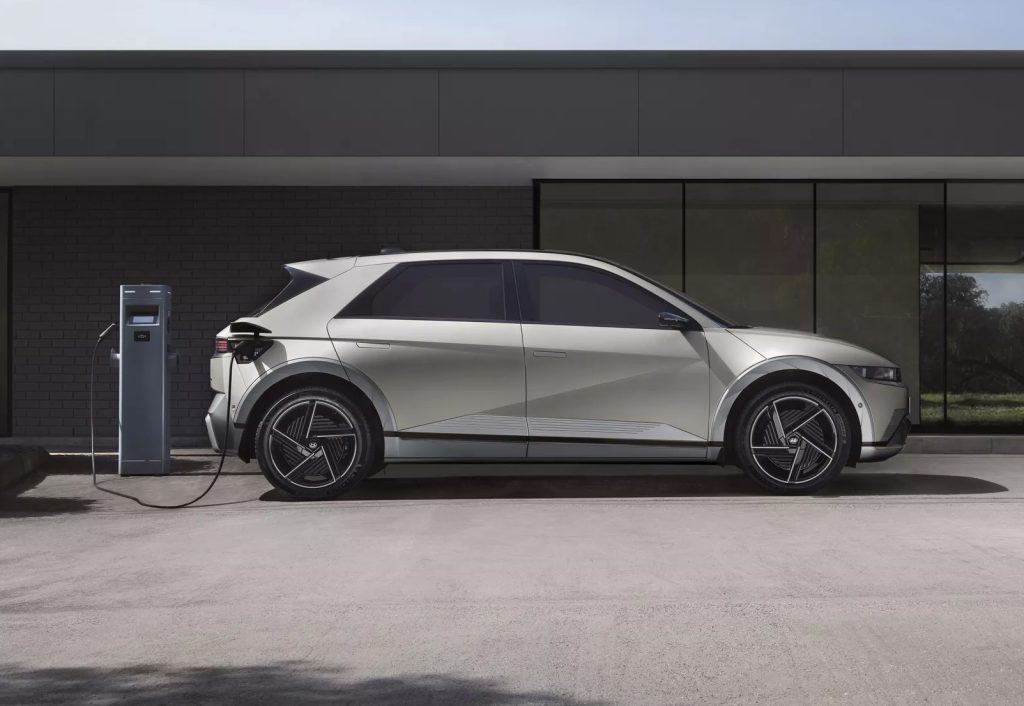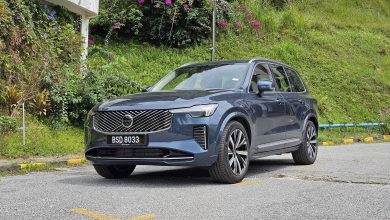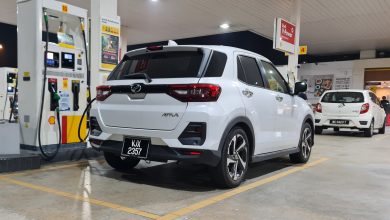Automacha Driving 101: How To Jump-Start A Dead Battery
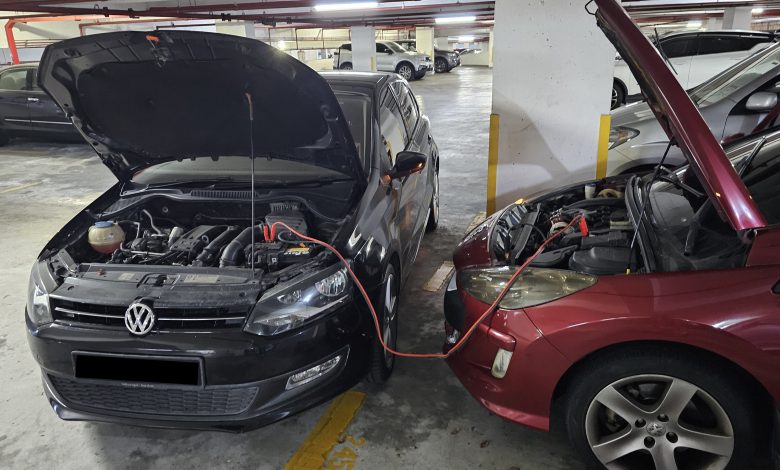
A quick guide on how to get a dead battery going again, along with the logic (and safety tips) behind it.
Unfortunately, we’ve all been there. You get into your car, turn the key (or push the start button), and all you’re greeted with is that sad little click. No cranking, no engine, no life.
Chances are, your battery is dead. Thankfully though, all is not lost, especially if you’ve got jumper cables and another live car on hand.
With a little know-how and a quick safety check, you can be back on the road in minutes. And here’s how to do it, plus a few answers also to the most common questions people have about the process.
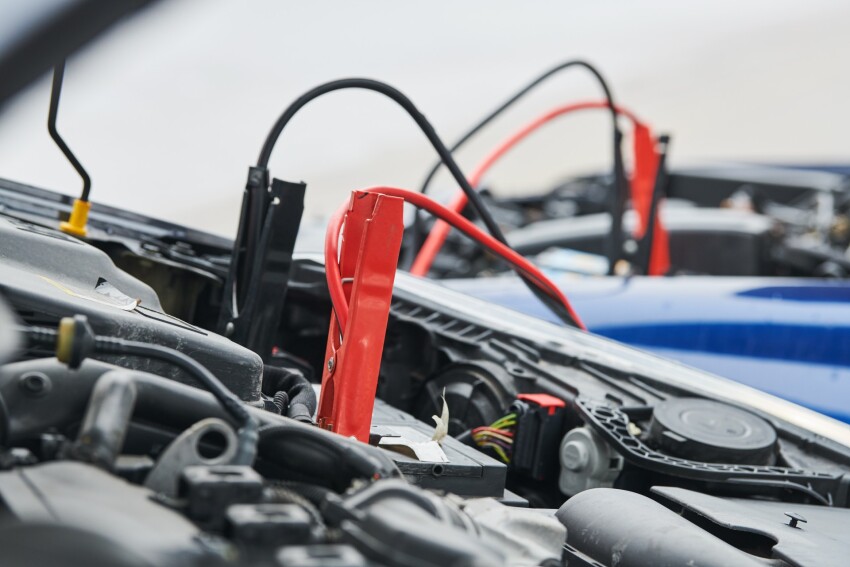
The Quick & Dirty Guide (TL;DR)
Step 0: Switch off both vehicles. Also, turn off all electronics in the dead car (lights, air-con, etc.).
Step 1: RED to DEAD – Connect the red clamp to the positive (+) terminal of the dead battery.
Step 2: RED to DONOR – Connect the other red clamp to the positive (+) terminal of the donor (good) battery.
Step 3: BLACK to DONOR – Connect the black clamp to the negative (–) terminal of the donor battery.
Step 4: BLACK to METAL – Connect the final black clamp to a bare metal surface on the dead car’s chassis (and not the negative terminal of the dead battery, refer to FAQs 4 and 5 for why this matters).
Step 5: Start the donor car. Let it run for about 1–2 minutes. Gently feather the throttle to increase voltage output.
Step 6: Try starting the dead car. This might take a few tries over the course of a few minutes.
Step 7: Once the dead car starts, disconnect the cables in reverse order:
- Black clamp from the dead car
- Black clamp from the donor car
- Red clamp from the donor car
- Red clamp from the dead car
Step 8: Let the revived car run for a while to recharge its battery.
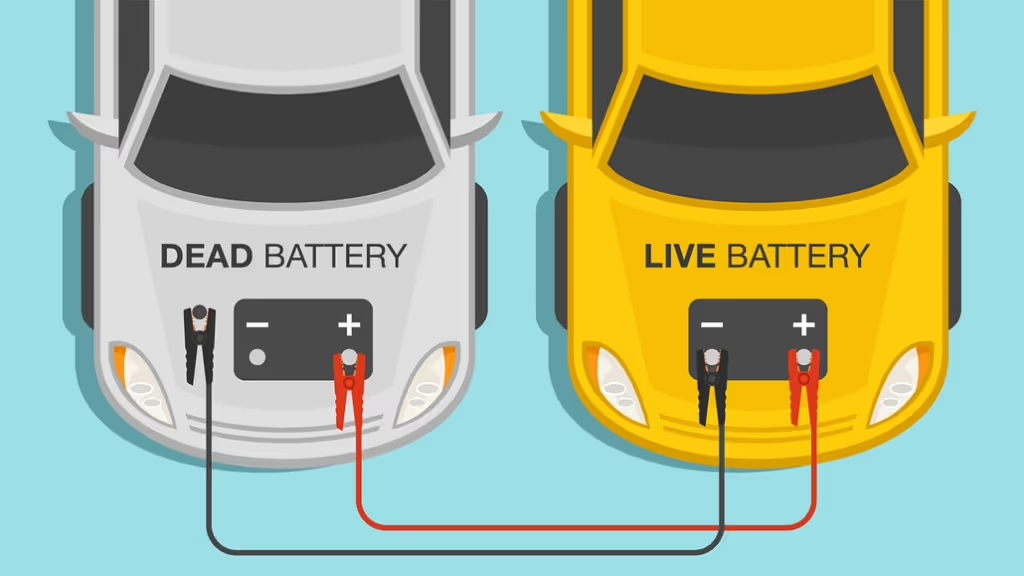
The FAQs
1. How Does Jump-Starting Work?
At its core, when your car doesn’t start, it’s often because your battery is too weak (i.e. can’t supply enough current) to energise the starter motor that whirrs the engine to life.
Jump-starting is about supplementing a flat battery with energy from a healthy one. When you connect a donor car’s healthy battery to a dead one, a parallel circuit is created between them and together they supply enough current to power the starter motor.
Once the engine is running, the car’s alternator takes over to recharge the battery.
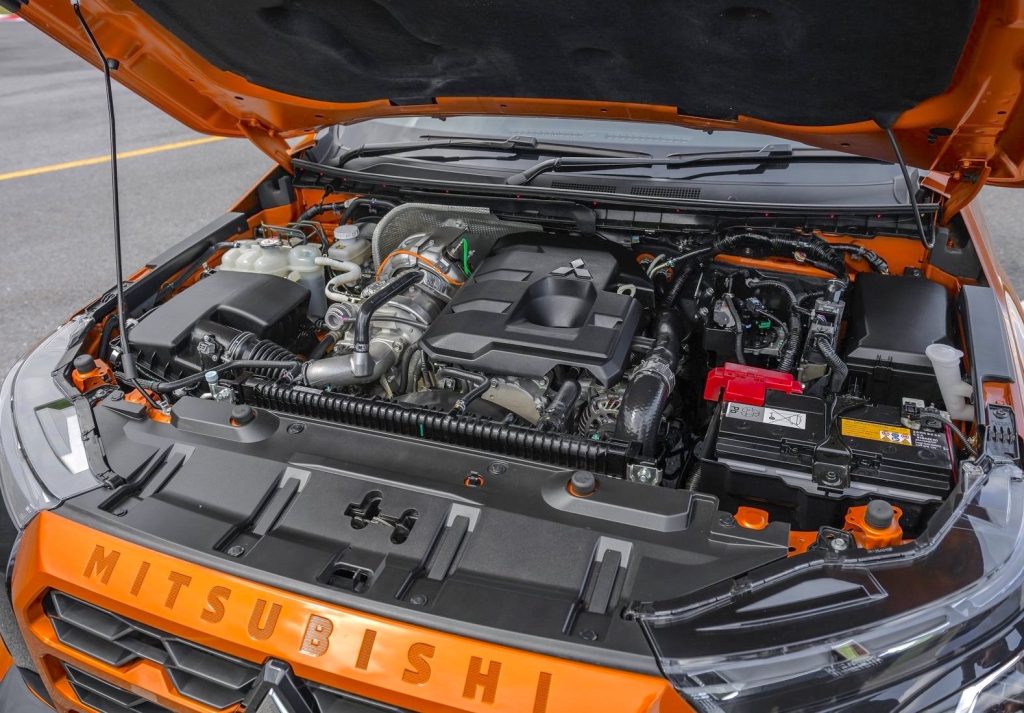
2. How Do You Know It’s Actually a Flat Battery?
- Hearing a click-click when turning the key (or pressing the start button)? That’s a common sign of a weak battery.
- No sound at all? This likely indicates a dead starter or another electrical issue. Better call your friendly neighbourhood tow truck.
Pro Tip: If you happen to see flickering warning lights when they shouldn’t be, or systems behave erratically, that could be early signs of a car battery on its way out. Most car batteries also tend to last around 2–4 years, depending on usage and climate.
3. Where Exactly Is the Battery Located?
While some might scoff at this question, just remember though not all batteries are under the bonnet. BMWs for instance often hide theirs in the boot, typically under the left side of the floor.
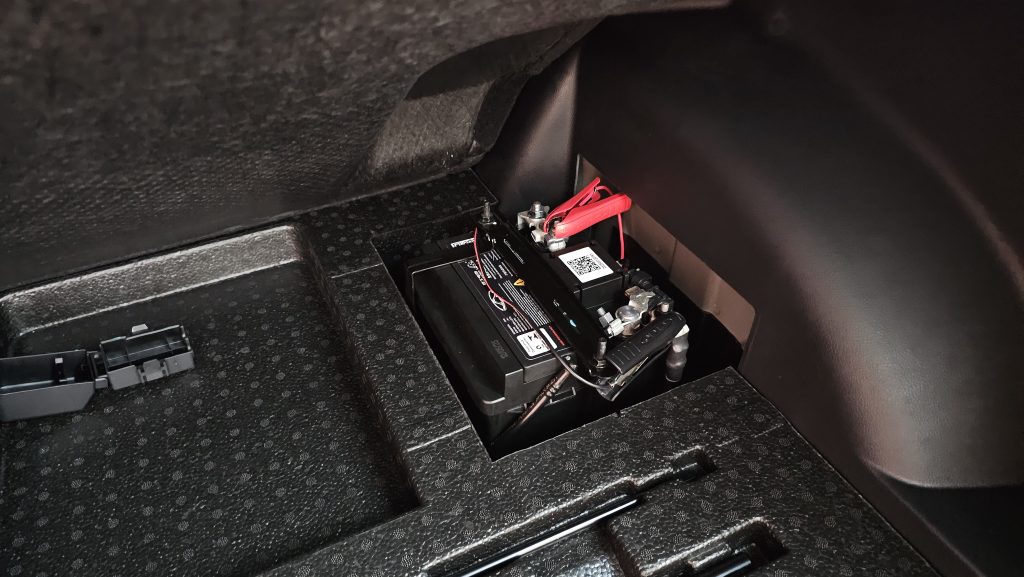
4. Where Should You Connect the Negative Clamp?
Many modern cars come with a designated grounding point, usually:
- On the strut tower
- A bolt on the engine block
- Or a stud on the front panel
While it might be a pain, here it really is best to check your owner’s manual for specifics. Some even provide a diagram of where the ground point is.
5. Why Not Just Connect to the Dead Battery’s Negative Terminal?
Short answer: It’s just a safety precaution.
Longer, more technical answer:
Car batteries (particularly the older style lead-acid types) can emit hydrogen gas, especially during charging or when they are overworked or faulty. Hydrogen is highly flammable and, when mixed with oxygen in the right proportions, explosively combustible.
The final clamp in a jump-starting procedure is the one most likely to produce a visible spark, as it completes the electrical circuit. If this spark occurs close to a venting battery, there is a small but real risk of igniting any accumulated hydrogen gas, which in turn might cause a boom under your bonnet.
Thus to mitigate this risk, it’s considered best practice to connect the final (negative) clamp to an unpainted metal surface on the vehicle’s chassis, well away from the battery itself. The chassis is already electrically bonded to the battery’s negative terminal, so from an electrical standpoint, the circuit completes just the same.
While most modern car batteries are sealed (maintenance-free) and feature valve-regulated designs that limit off-gassing, the small possibility of hydrogen venting — particularly from older, damaged, or overcharged batteries — still exists. As such, grounding the final connection away from the battery remains a widely recommended safety precaution.
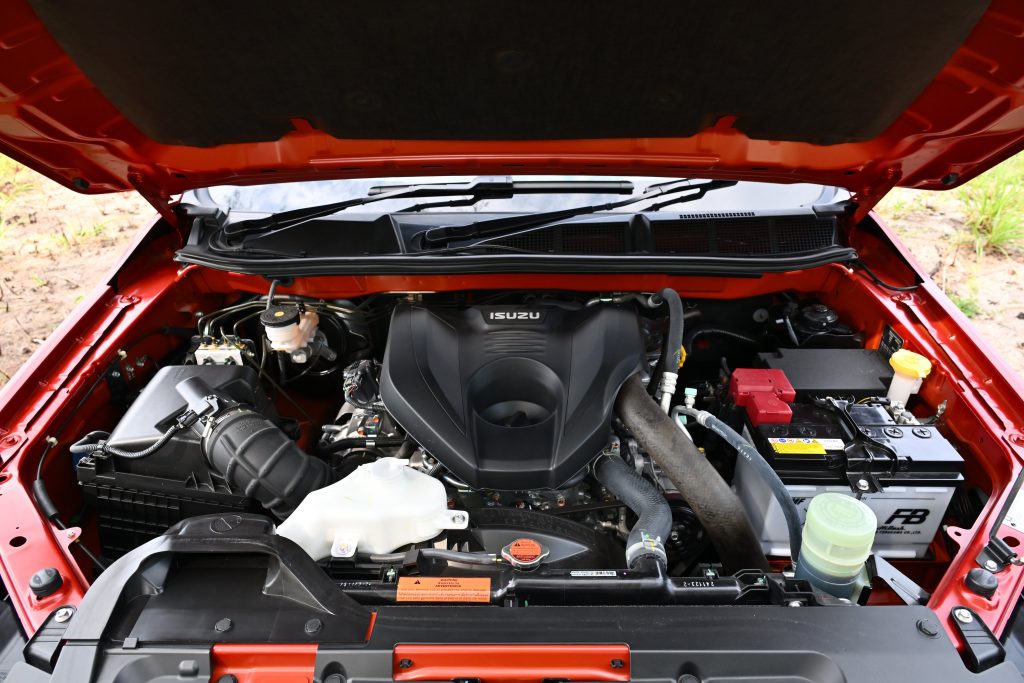
6. How Do You Jump-Start With a Jump Pack?
Pretty much the same steps, but without the donor car:
- Turn off all ancillary electronics in the dead vehicle (lights, air conditioning)
- Connect the positive clamp to the battery’s positive terminal.
- Connect the negative clamp to a grounded metal point on the chassis.
- Switch on the jump pack.
- Try starting the vehicle — give it a minute or two if needed.
- Once it starts, remove the clamps — negative first, then positive.
7. Can You Jump-Start a Petrol Car with an EV?
Technically, yes. But it is not recommended.
While EVs have massive battery packs, the jump-start function comes from their 12V accessory battery, which is often much smaller than those in petrol vehicles. It might not have the Cold Cranking Amps (CCA) needed to start a larger engine.
Also, there’s a non-zero risk of damaging delicate EV electronics. So always check the EV owner’s manual before attempting this.
And before EV owners get too smug about never needed a jump in their lives ever again, the 12 V battery in an EV will eventually go flat too (batteries don’t last forever). And if it does, it won’t start either.
